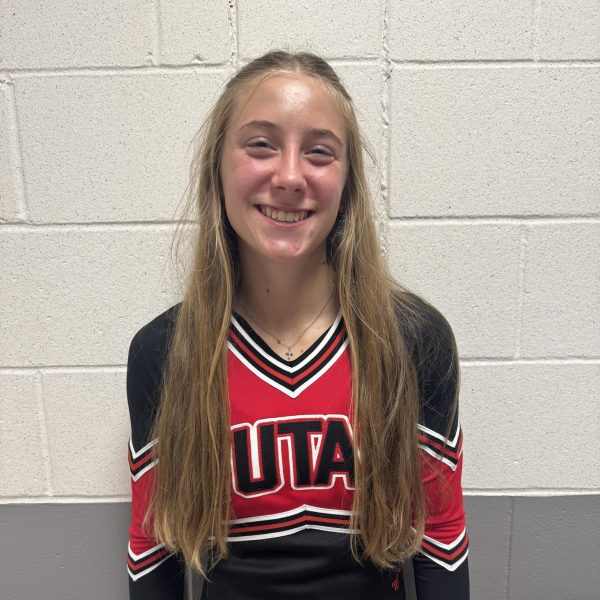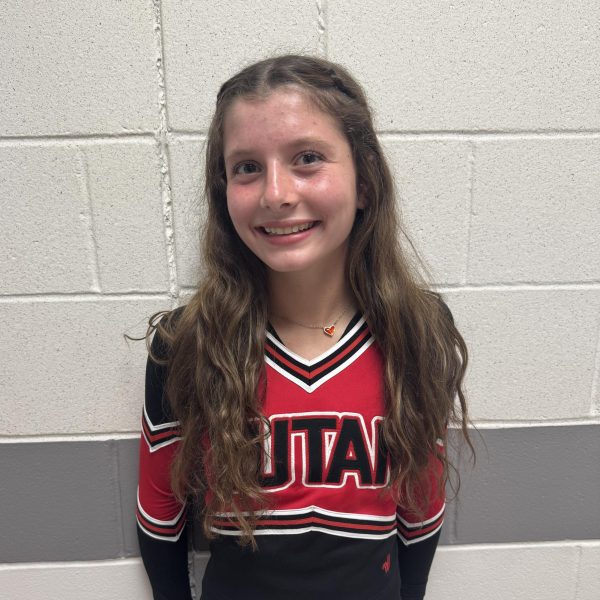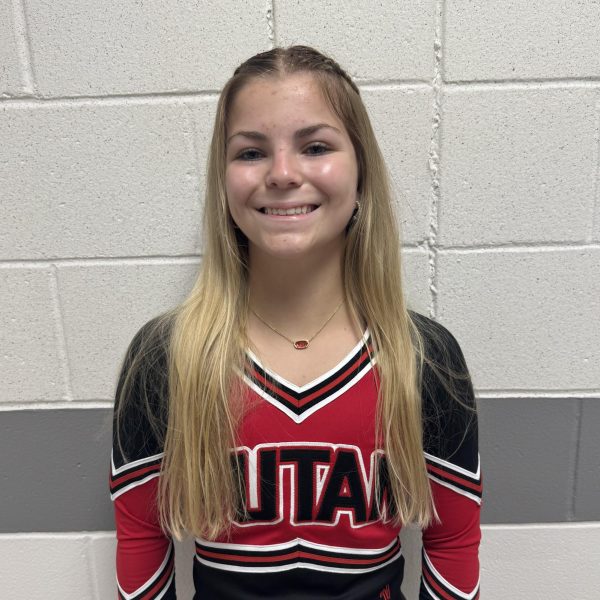There’s a lot of excitement and chaos during Homecoming week, and this year was no exception, particularly Tuesday, Sept. 9. Students dressed up in their assigned class colors and anything-but-a-backpack alternatives, but the chaos was brought to a new level when they arrived at a building without power or WiFi.
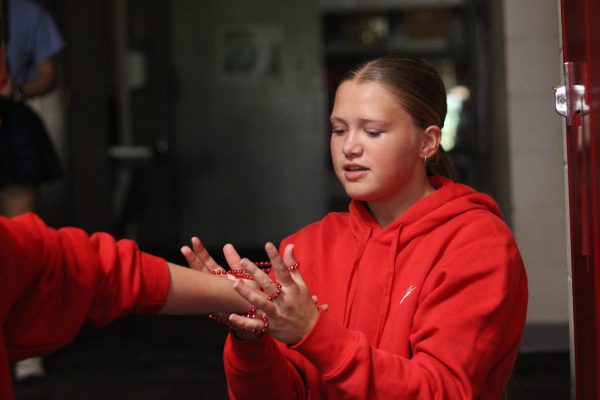
“I first saw the blackout when I went to cheer in the morning. During practice, the alarms were blaring the entire time, and we were just practicing with the emergency lights that are on 24/7,” senior Lexi Bisaillon said.
The power outage was caused by a bird that ran into a power pole around 6:00-6:30 a.m.
“[The bird] knocked out two of the three fuses that feed our building. So that’s why we had partial power because our power is done through three phases, and two of the phases were not working, and that’s why we had some strobe lights as well,” superintendent Brett Schwartz said.
Instead of panicking, Schwartz did his best to stay calm during the situation.
“We already had kids on the buses. We wanted to do our best to make sure we could keep school in session that day,” Schwartz said. “In my previous district, we started the day two or three times at the high school and we didn’t have power for a substantially longer period of time, but we got everybody through the day.”
Even though the administration was calm, the morning was not without challenges.
“It brought down the mood because color day was supposed to be fun, but since the power was out, nobody could see anybody’s outfit,” senior Jordyn Campbell said.
Besides the dampened school spirit, there were academic challenges too.
“When I was studying for my history test in the library, there were no lights, so I had to use my phone’s flashlight,” Bisaillon said.
Because of their location, some classrooms in the high school had more challenges than the rest of the building.
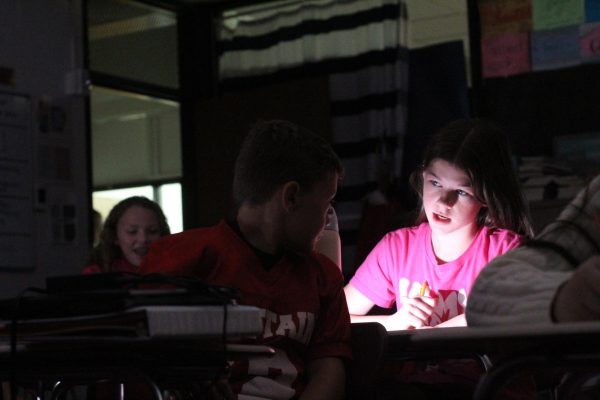
“My classroom is a little dungeon-y. It has no exterior windows, which makes it extremely dark. Thankfully, I invested in some LED rechargeable lamps and lanterns that I could use,” English teacher Alyssa Hansen said.
Since some classes would be using WiFi or computer-based activities, they needed to come up with alternative plans.
“My seventh graders had to handwrite as opposed to typing, but we were able to make it through relatively unaffected,” Hansen said.
Other classrooms were lucky enough that their lessons worked out in the dark environment.
“I was fortunate that the copies I had needed to make for my first hour class were already prepared the day before, and that the work we were going to be doing did not involve us utilizing a Chromebook,” science teacher Leslie Heise said. “Then the things that I needed to project, we just went back to showing on the whiteboard, and then students were able to complete their assignment as normal because those copies were already made.”
Once all the classrooms were adjusted, there were still other issues to consider, like lunch.
“I think just trying to come up with an alternate plan for lunch that day was important as well. The big thing is, if we are going to keep kids in school, we want to make sure we can feed kids at lunch,” Schwartz said. “Our food service staff was able to come up with a workaround because we weren’t able to get the meal started as soon as we wanted to. It wasn’t perfect, but it was as good of a plan as we were able to do with what we had in our resources.”
Luckily, OPPD got to the school around 9:15 and in a short 15 minutes, the school was up and running again.
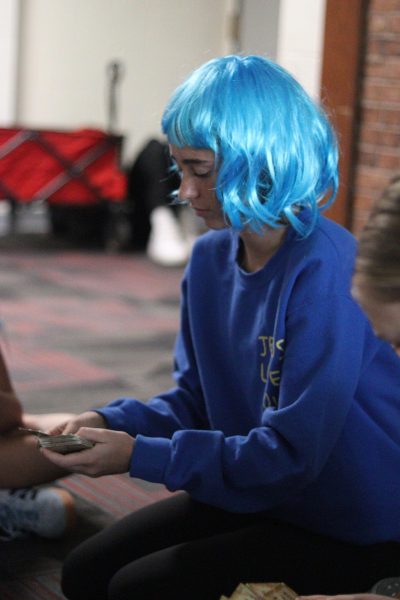
“Once power came back on, that booted right up, and our systems took off, and things seemed to work pretty well. Once everything got booted back up, things popped back online, and we were able to kind of proceed as normal,” Schwartz said.
After everything powered back up, the students finally got a chance to see every color and everybody’s non-backpacks.
“We went back to a regular school day, and I was happy that people could finally see my white lie on my T-shirt because my class color was white,” junior Halle Arlt said.
Overall, Schwartz was thankful for the adjustments everyone was able to make.
“I think, from my standpoint, I just appreciate everybody’s willingness to work through that situation,” Schwartz said. “I never want to have to call parents who just probably got to work and say, ‘Hey, we’re not going to be able to have school because of this.’ So I was glad, collectively, everybody worked together to make sure we were able to keep our kids in school, get them a hot lunch and be able to let them enjoy the homecoming festivities for that week.”


